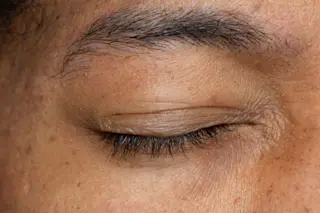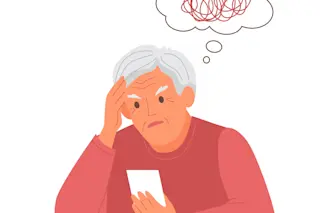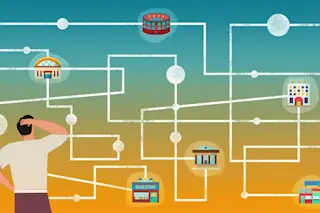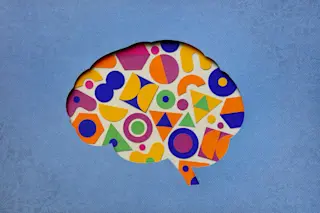Anyone who’s hung out with babies knows how eager they are to communicate, even if they can’t do it very well. One way they do this is with the gesture of pointing, sticking out the index finger to indicate some object without touching it. Babies all over the world point in roughly the same way, starting at around 9 to 14 months. It’s a fundamental part of human interactions, as borne out by so many emojis.
But as important as pointing is to us, scientists weren’t really sure why we do it — or, at least, why our baby brains spontaneously tell us to. Is it just a way to indicate something, purely via pointing directly at it? Or is it an expression of trying to touch something?
A study published Wednesday in Science Advances suggests that touching can explain babies’ (and adults’) motivations to point. A team of researchers ...














